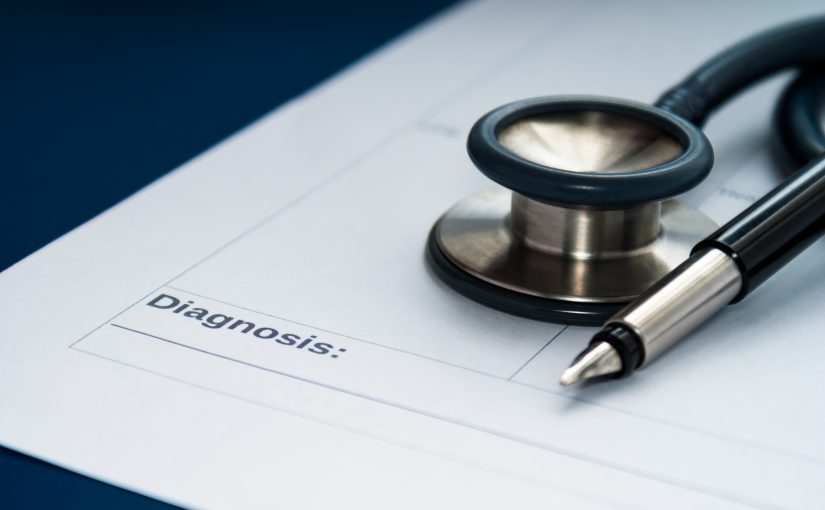Getting the right diagnosis is a central tenet of health care. In most cases a correct diagnosis is issued, but occasionally errors are made. It is an uncommon and uncomfortable topic, yet it must be considered to ensure patient safety and best outcomes.
The Improving Diagnosis in Healthcare report released last year by The Institute of Medicine suggested that ‘It is likely that most people will experience at least one diagnostic error in their lifetime, sometimes with devastating consequences’.
Diagnostic errors may harm patients by preventing or delaying appropriate treatment, or by providing unnecessary or harmful treatment.
A conference in Melbourne next month will examine potential weaknesses in the diagnosis chain and explore strategies to reduce errors.
The 1st Australasian Diagnostic Error in Medicine Conference brings together global leaders in diagnostic error, safety sciences, health IT, medical indemnity providers and clinicians interested in improving the speed and accuracy of diagnosis.
Incorrect results in Australian pathology laboratories are rare thanks to high quality standards set by the Commonwealth’s National Pathology Accreditation Advisory Council (NPAAC) for NATA accreditation implemented in the 1980s and continually updated. What happens after a result has left the laboratory can have a major impact on outcomes.
Common sources of error include failed communication of results, results not being fully understood or their findings applied.
The conference’s co-convenor and Pathology Awareness Australia ambassador, Professor Roger Wilson, says an effective way to reduce risk of diagnostic errors is through clearer communication about tests.
‘Ensuring reliable and effective communication between Pathologists and referring doctors before and after examining and testing specimens is one of the most important areas to get right to best ensure patients’ safety.’
Many Pathologists and medical scientists spend a significant proportion of their working day (or night!) on the phone advising clinicians about results interpretation.
Professor Wilson says this is an opportunity to provide valuable insights on results.
‘These conversations may reveal aspects of a case that can be critically important and require clarification or further investigation. Making contact is a critical part of linking the lab to the clinicians on the ward or in the community’.
Patients generally are becoming more curious about their pathology tests and asking questions of their clinicians. Professor Wilson believes this is an encouraging phenomenon that may reduce diagnostic error.
‘Most patients don’t know what’s been ordered and what to ask their doctor, so I think if patients understand more about their tests it can be a positive thing. Patients are heavily invested in their healthcare and asking questions to their clinicians can be a useful prompt to ensure results requiring action are not overlooked’.
Talking about tests is a simple strategy to improve health literacy about pathology and reduce risks of medical mistakes.
Details of the 1st Australasian Diagnostic Error in Medicine conference can be found here.

